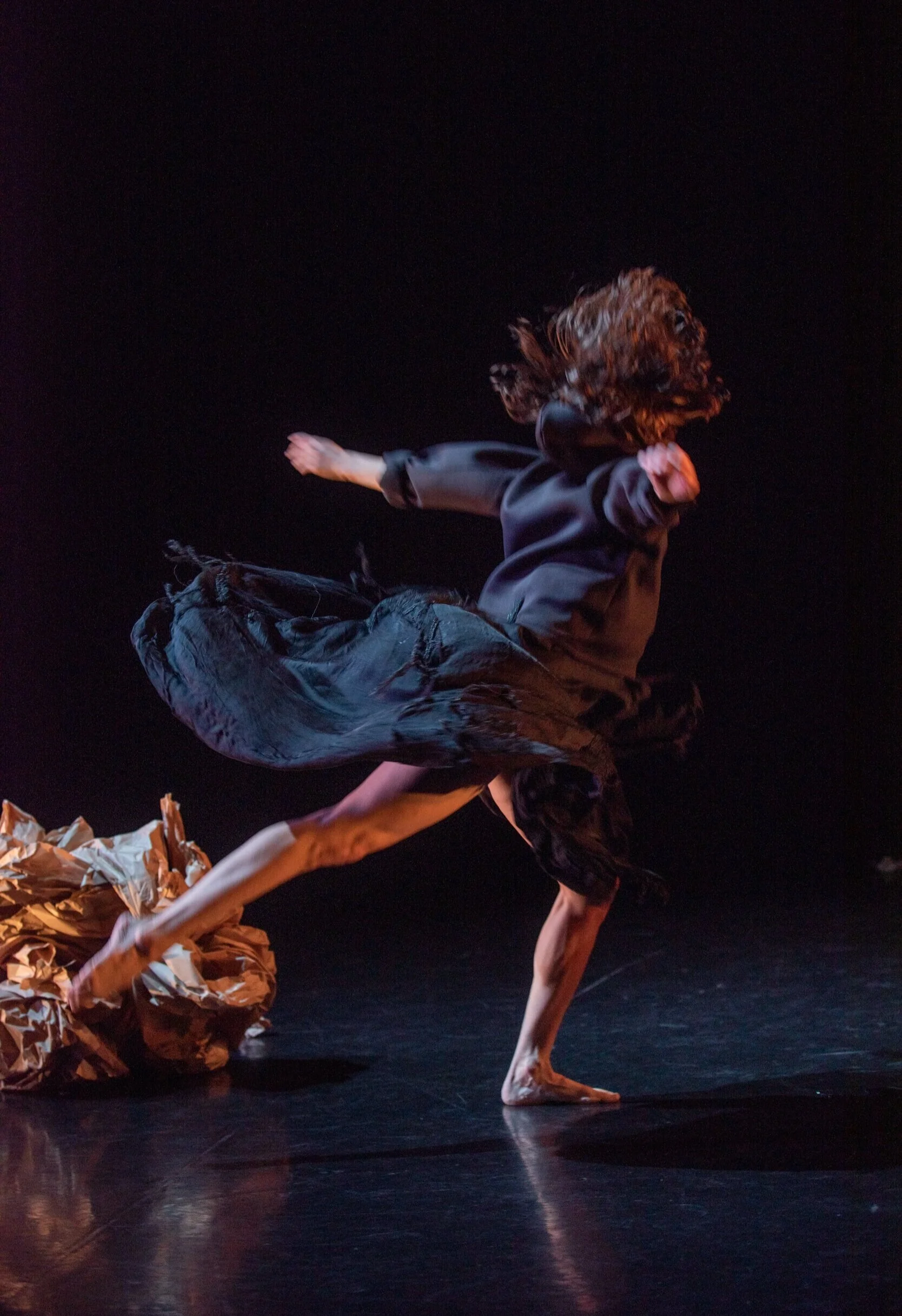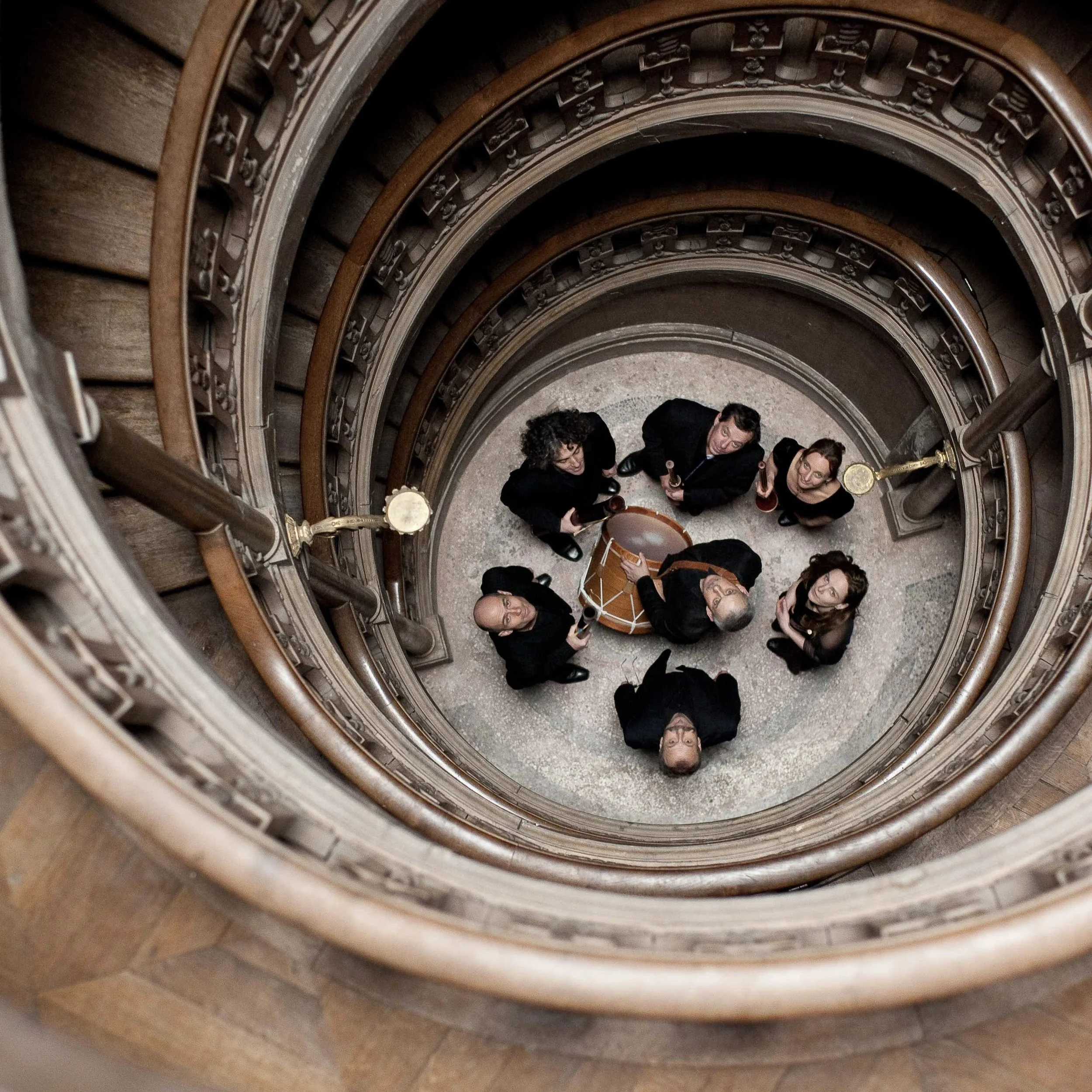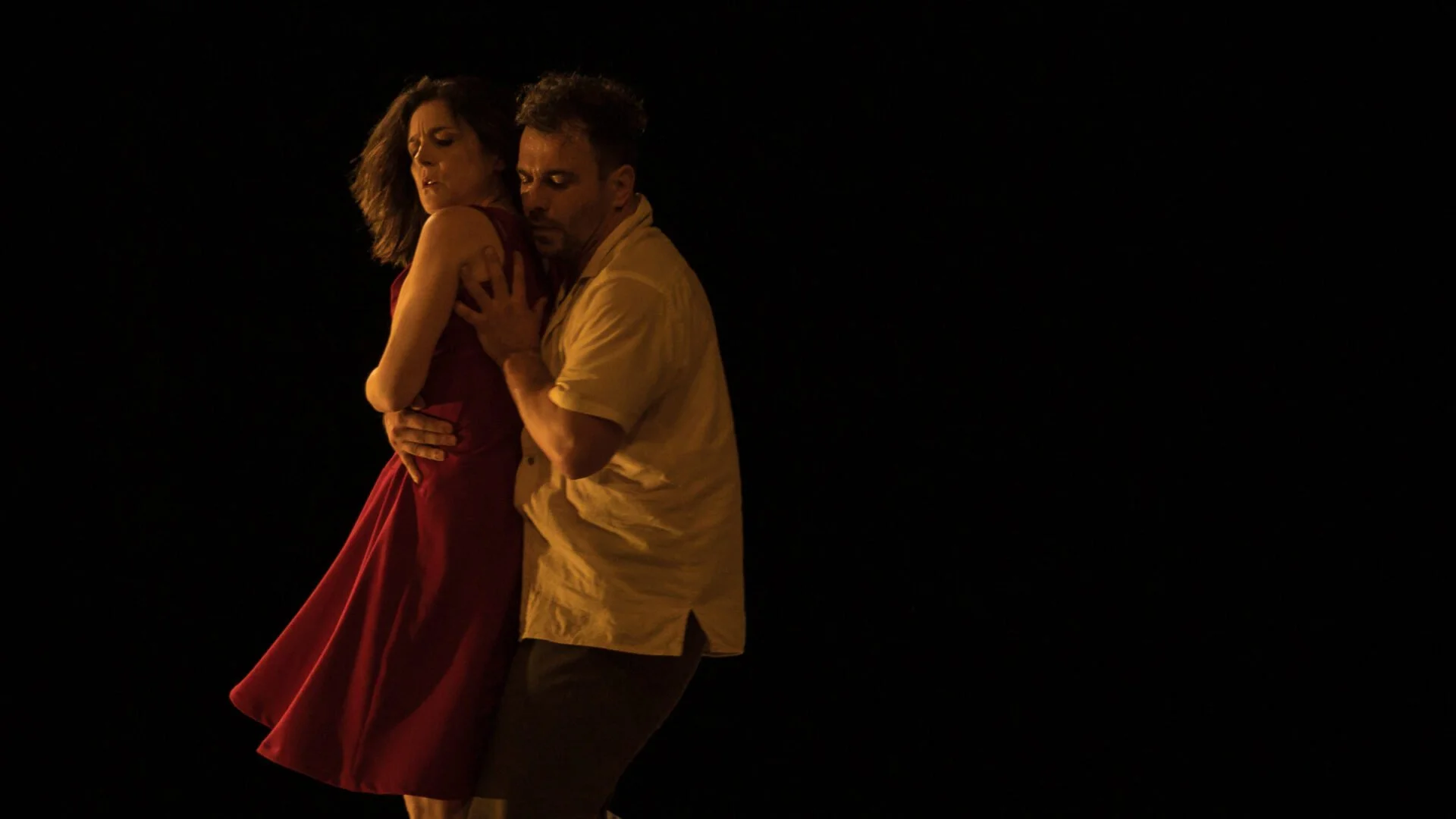Dance review: Works age surprisingly well in Mary-Louise Albert's Solo Dances/Past Into Present
Livona Ellis, Vanessa Goodman, and Rebecca Margolick reinterpret the voices of a past generation
Livona Ellis and Vanessa Goodman. Photos by Chris Randle
The Dance Centre presents Solo Dances/Past Into Present online from December 3 to 17
IT WAS SUPPOSED to have been a socially distanced opening over three nights—a celebration of a career, the culmination of a residency, and a ceremonial gift to a new generation.
Instead the live-audience shows for Mary-Louise Albert’s Solo Dances/Past Into Present were cancelled after new public health orders shut down theatres on November 19.
But the work could still be streamed. So here we were: a handful of people allowed to view the filming of the solos.
The show offers up a rare experiment. Mary-Louise Albert, a prominent local dancer who retired from performance two decades ago, has gifted a new generation with solos once commissioned for her.
Dance is the most fleeting of art forms. It has the shortest memory. Unless works sit in the repertory of companies, they often disappear. Here was a chance to resurrect works for three charismatic young dancers with contemporary training, and the short pieces stood up surprisingly well to the test of time.
The one that had aged the best was also the most simple. Ballet BC’s Livona Ellis brought strong, sultry energy to EDAM artistic director Peter Bingham’s Woman Walking (away). True to the title, she had her back to us, its muscles contracting while expressive hands curlicued, and fingers flickered and fluttered around her ears and neck. Set to vintage-cabaret-inflected music, it was surreal and retro, but with an intricate, contemporary-feeling edge. Ellis finally stepping boldly into the dark felt profound in this moment, when we’re all faced with the unknown.
It was also a treat to see the work of Ottawa innovator Tedd Robinson, interpreted here by Vancouver standout Vanessa Goodman. The movement, more flowing, intuitive, and character-based than her own choreography for Action at a Distance, showcased new sides of the artist. She leaped and turned around, and sometimes tore into, three big balls of brown paper on the stage—a strange ritual performed in a hooded, monklike dress.
Albert’s daughter Rebecca Margolick took on Trace Elements, which also had a ritualistic feel to it, opening with a Jewish prayer. Fiercely physical, the dark work featured the voices of a German woman and man speaking over a sinister electro score; they talked about letting the past be the past, about how the Holocaust had nothing to do with them, and about the need for a new strong European superpower. Choreographed by Alan Kaeja, the piece made its message loud and clear—that we need to learn from our historic mistakes. And Margolick had the intensity and commitment to pull off its heavy themes.
Albert herself made an appearance on the program in Serge Bennathan’s expressive new commission Empreintes, a work that alludes to bird song and taking wing. Bennathan himself has found a new expressivity as a mature dance, and Albert, at 65, also brings a depth to her movement. But what was most striking were the more physically pummelling moments; in one sequence, she was doubled over, hair and shoulders flailing. It’s a poetic piece that seems not just to reflect the aging process, but defy it and find strength and freedom in it. Refreshingly, this was not a depiction of fragility.
Before you go, Albert also includes two promising abstract new solos danced and created by Ellis and Margolick on the program. It's an apt nod to the ongoing cycle of dance, a reaffirmation that one generation continues to build upon and evolve the work of the last--even when a pandemic conspires to shut theatres down.















